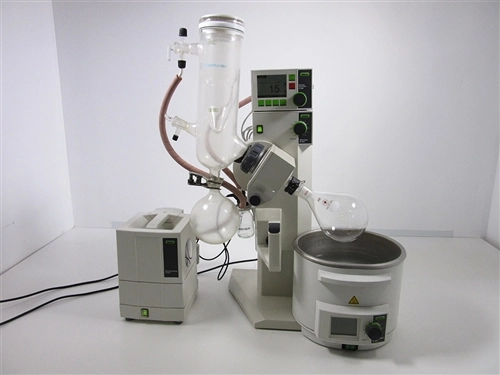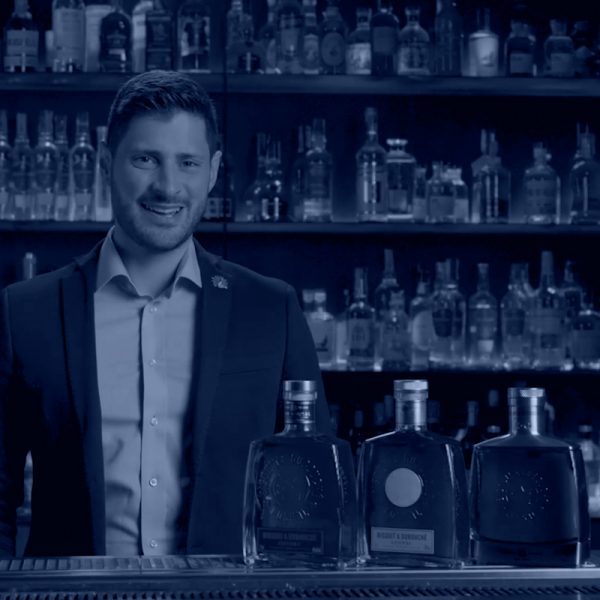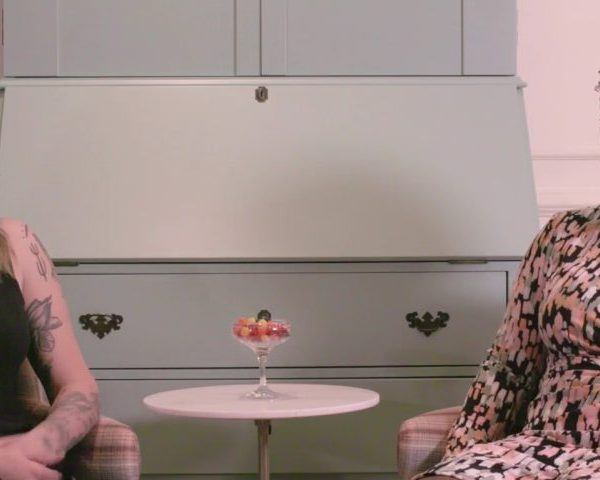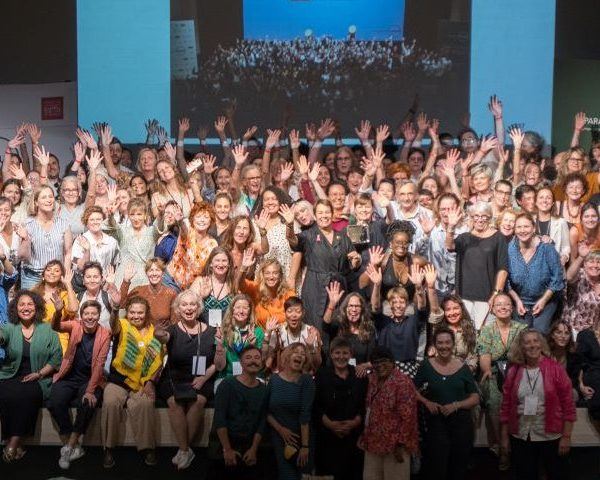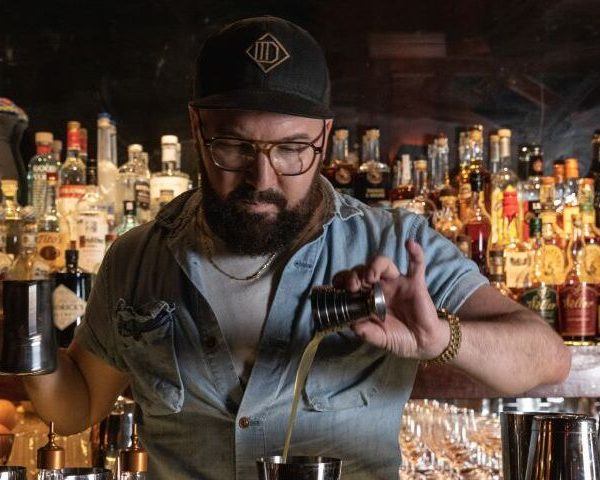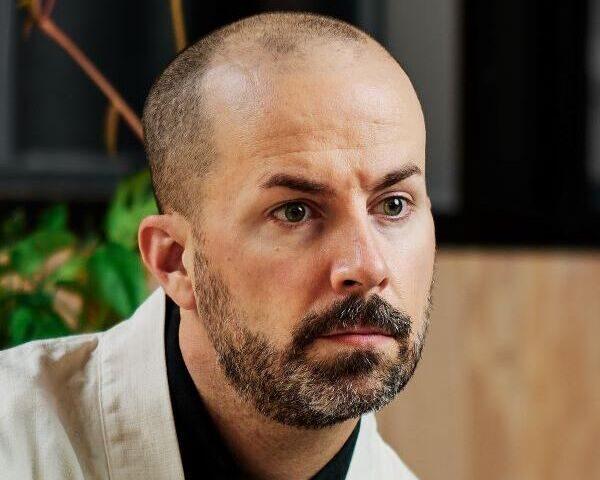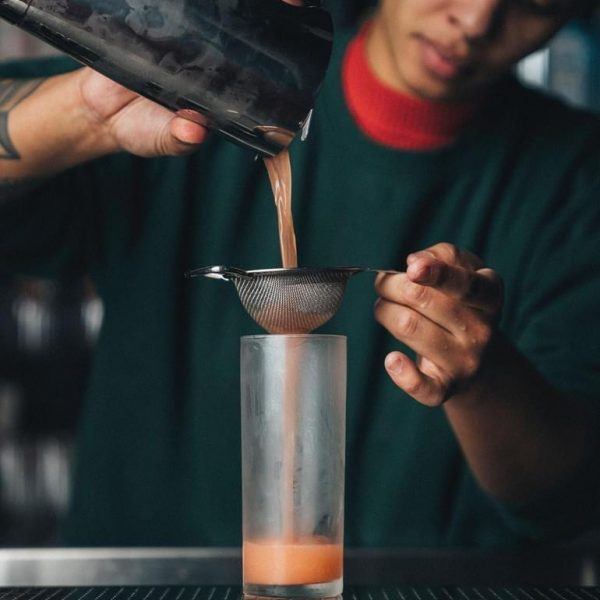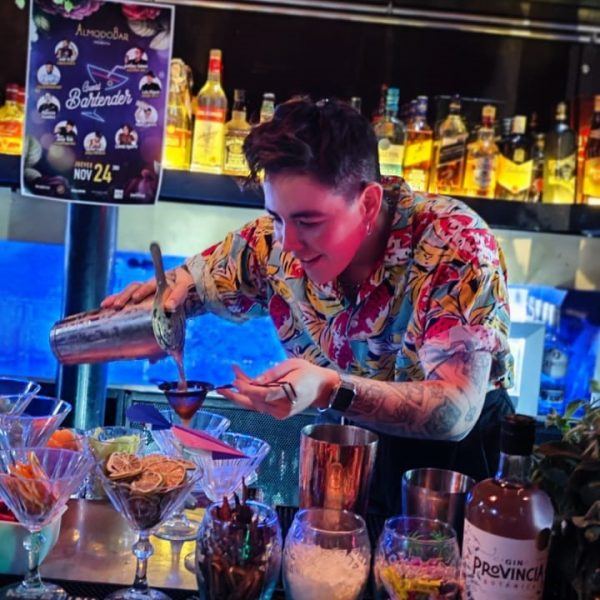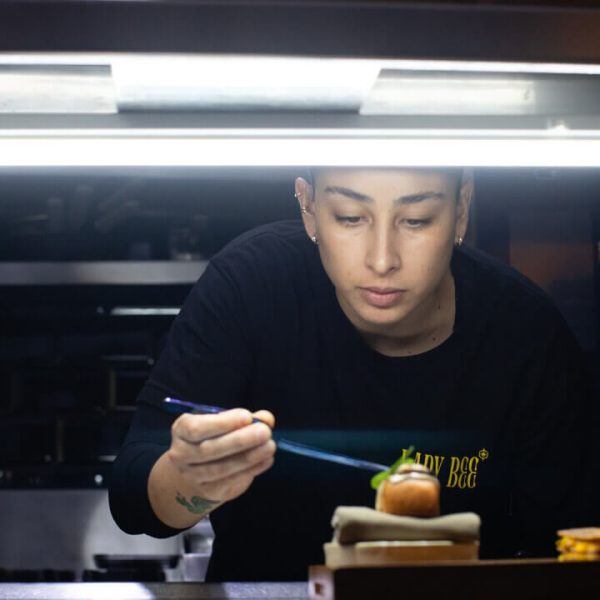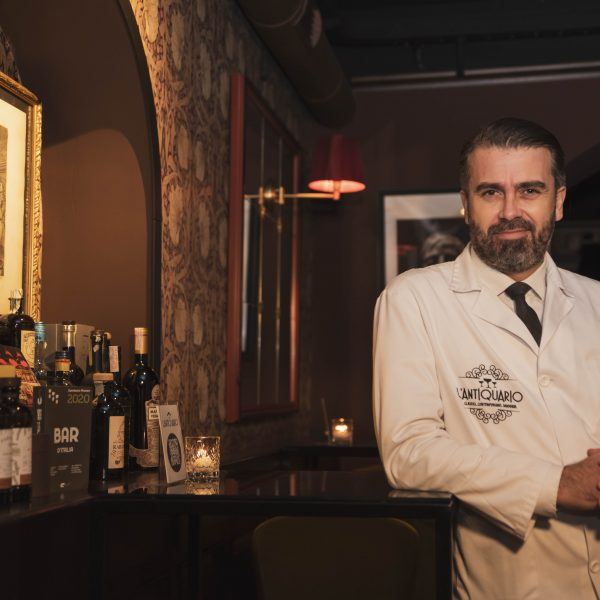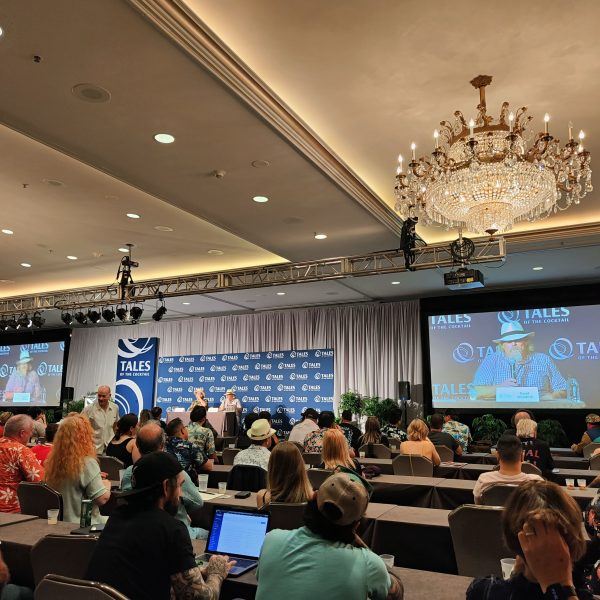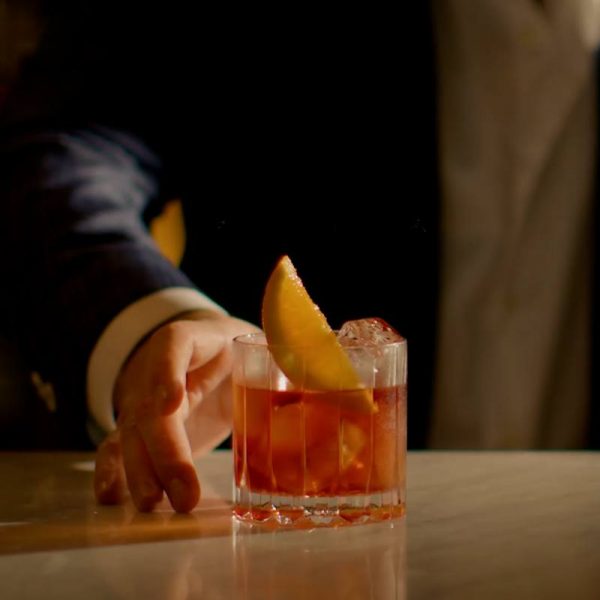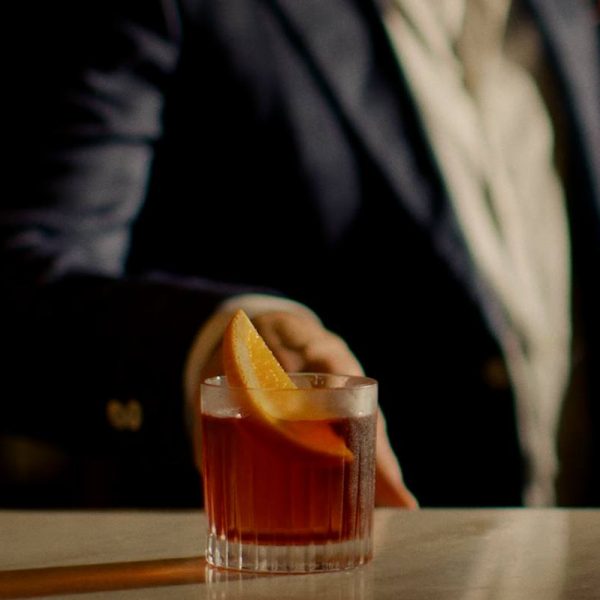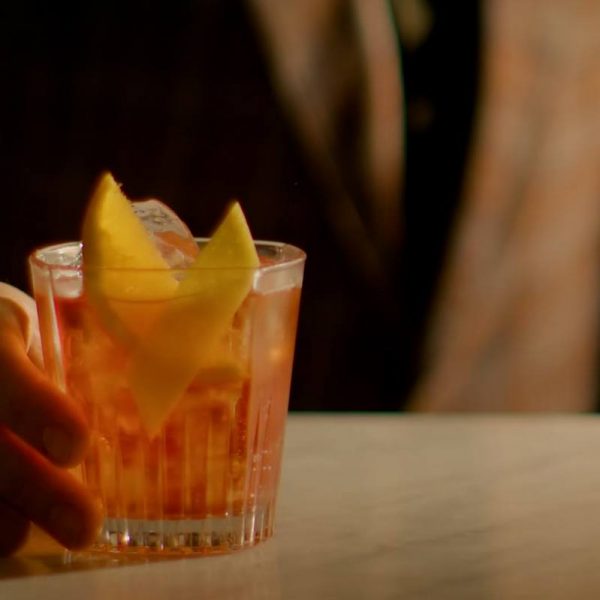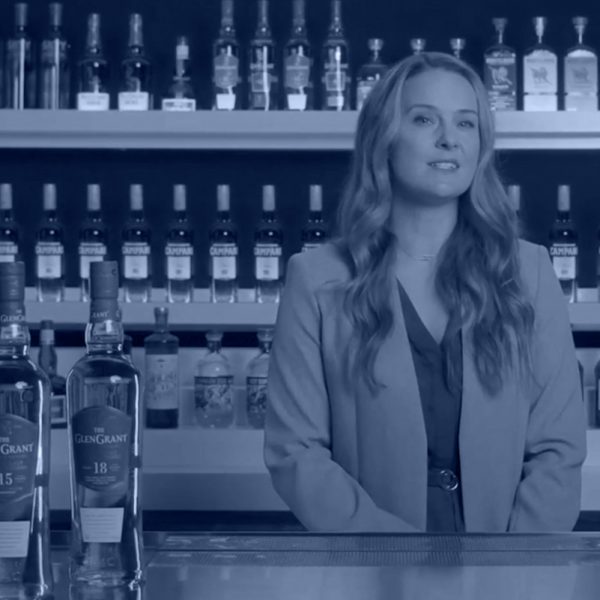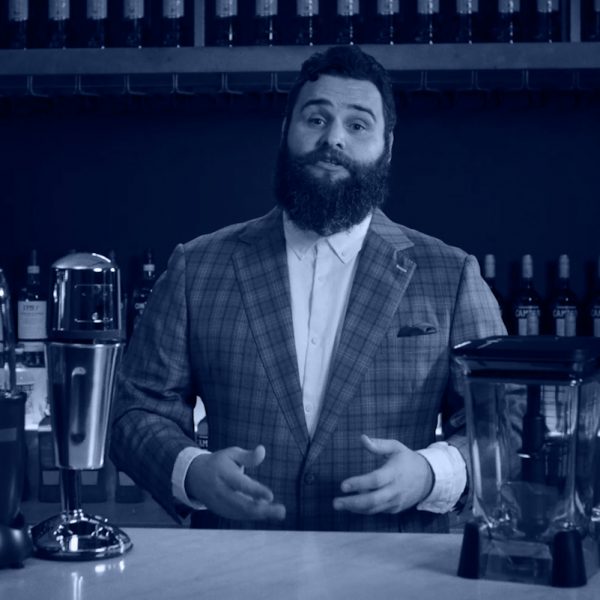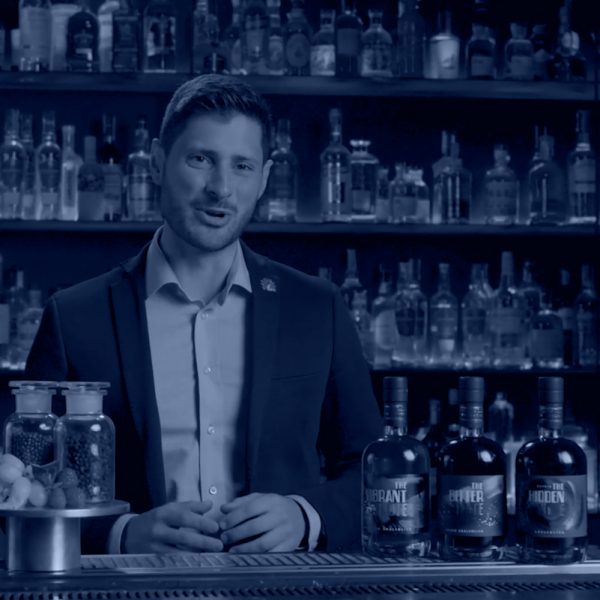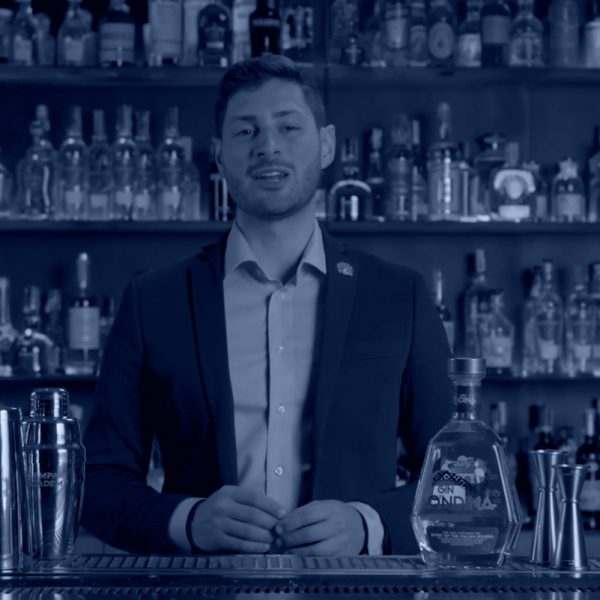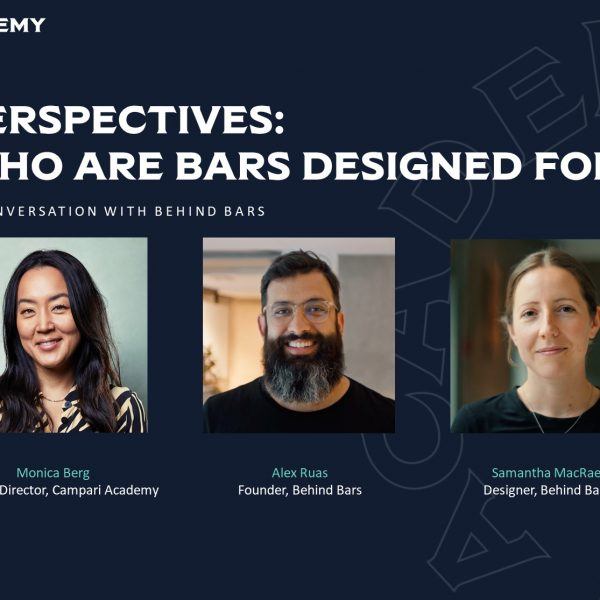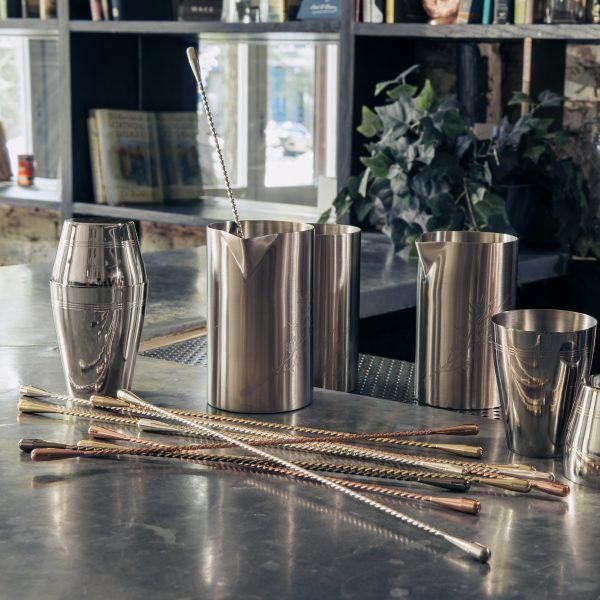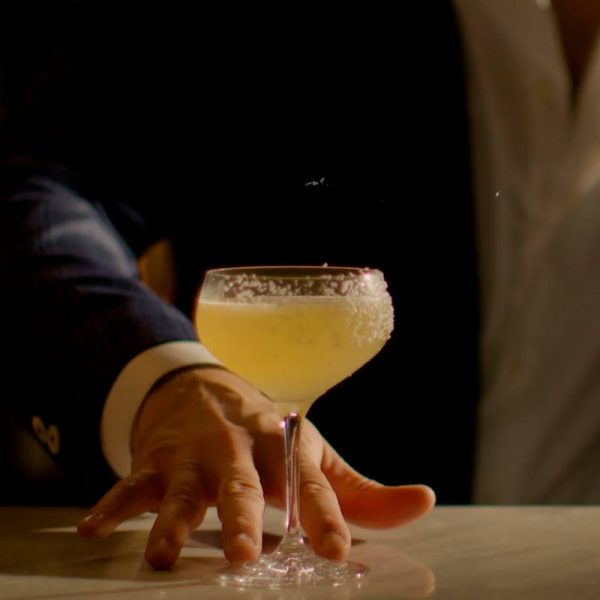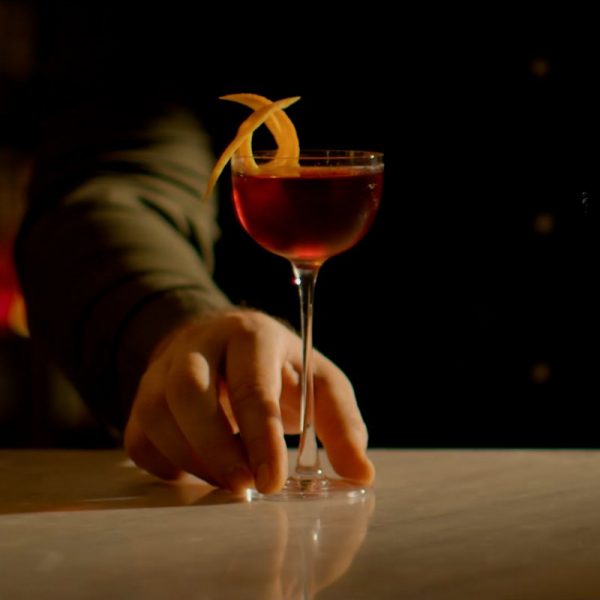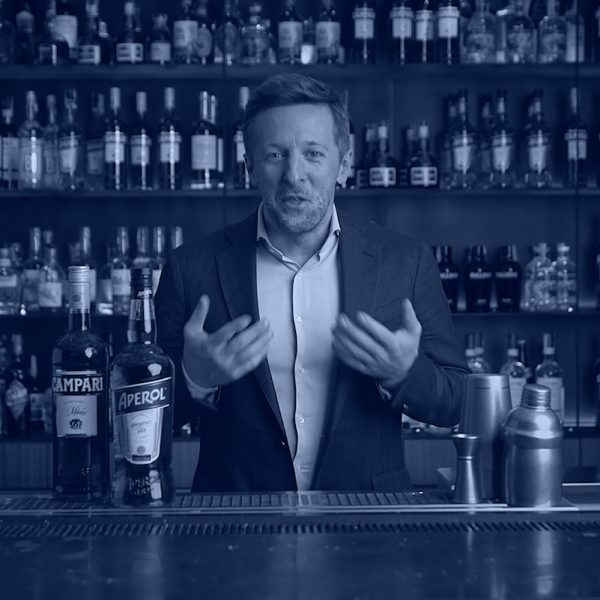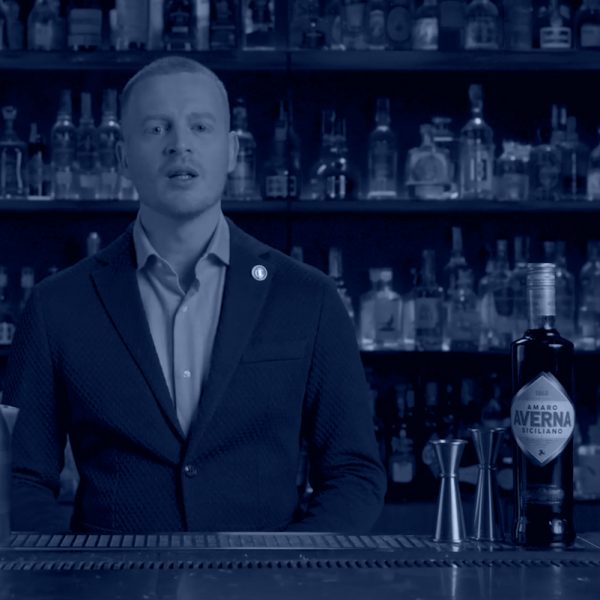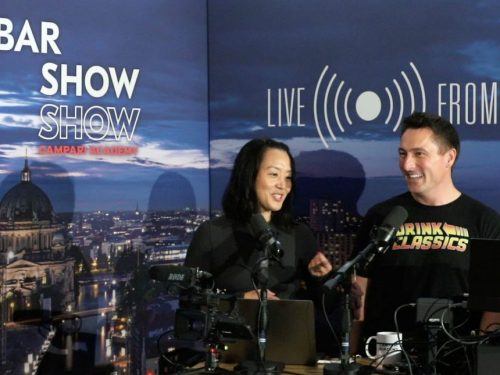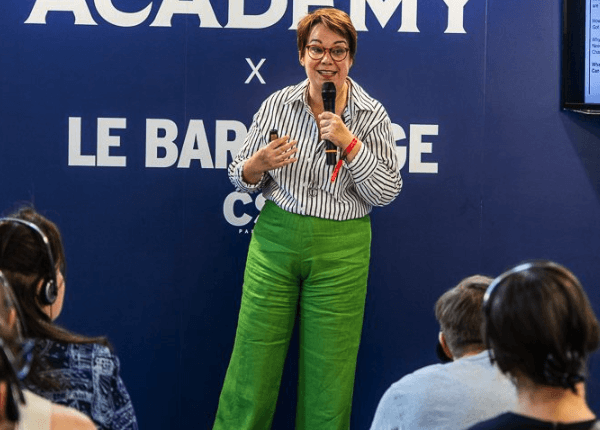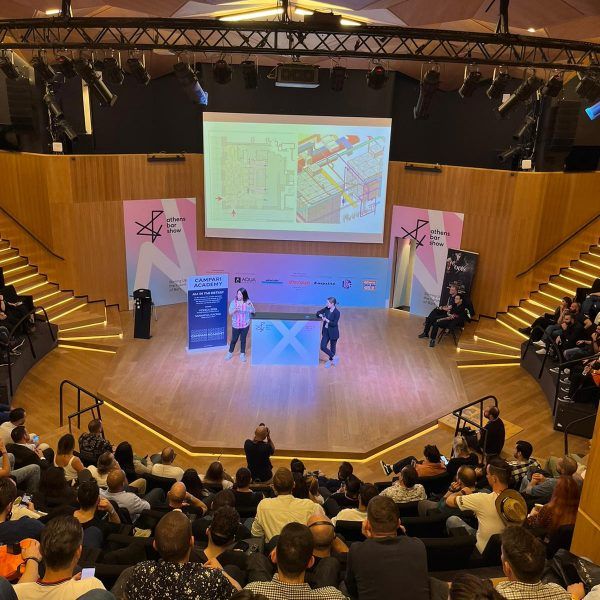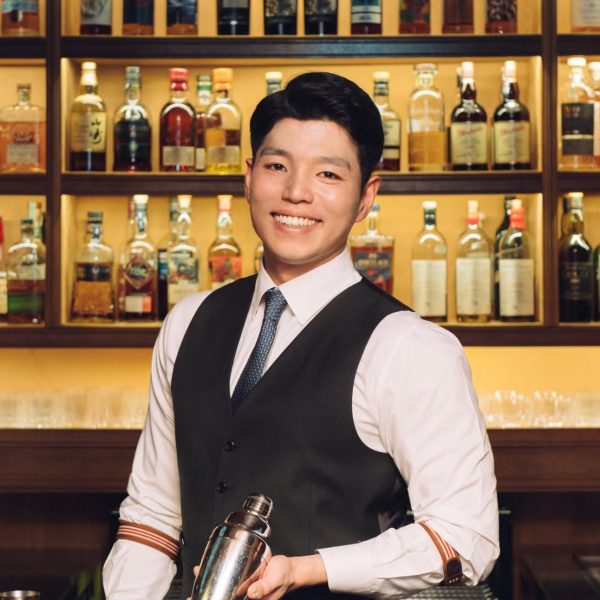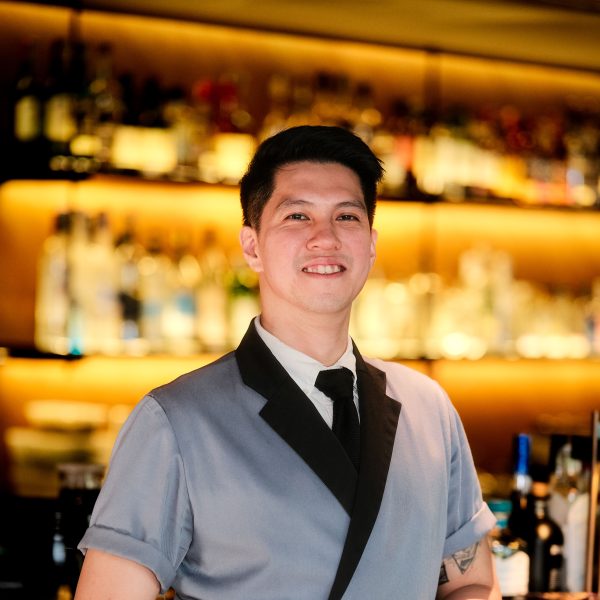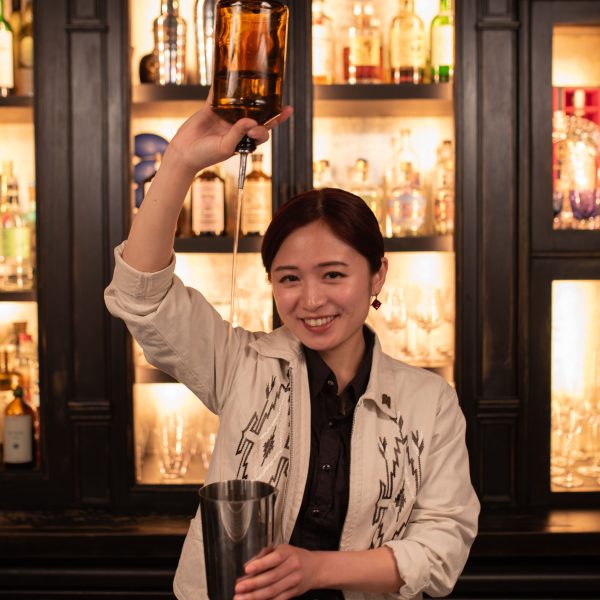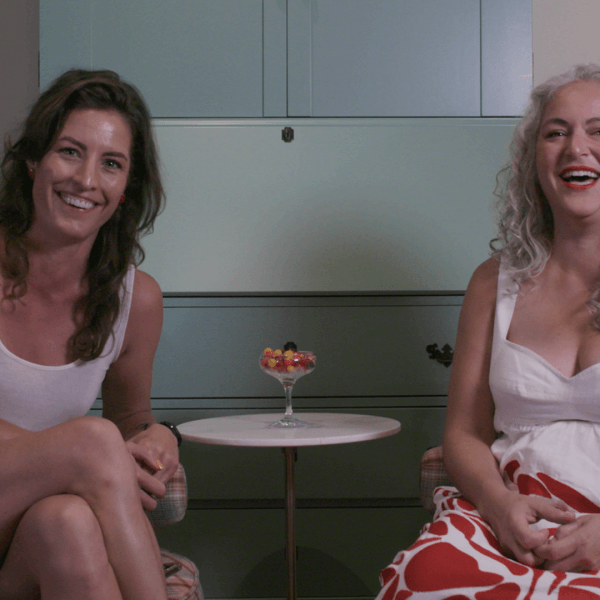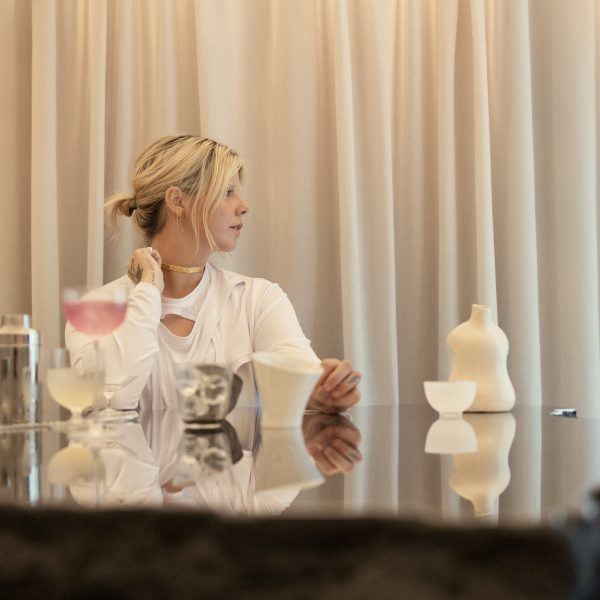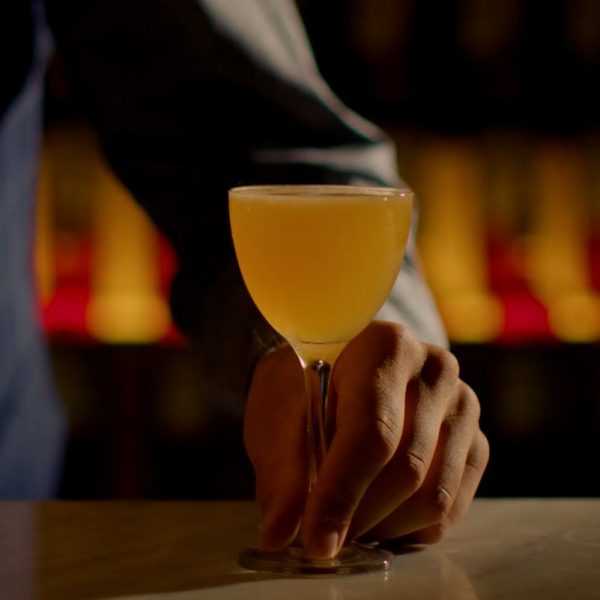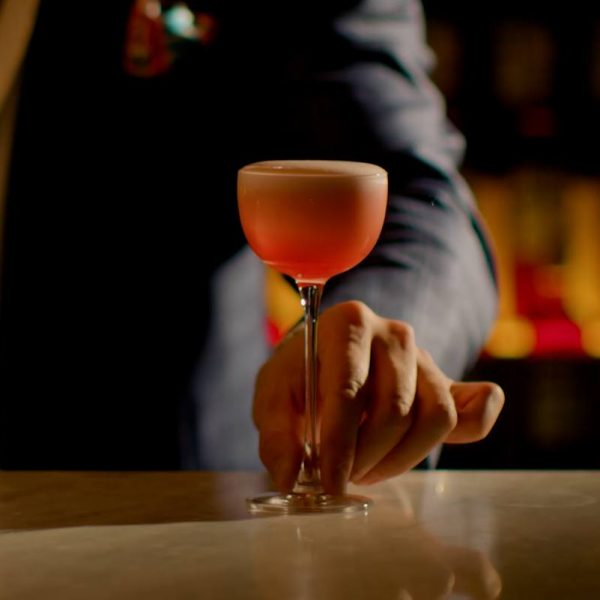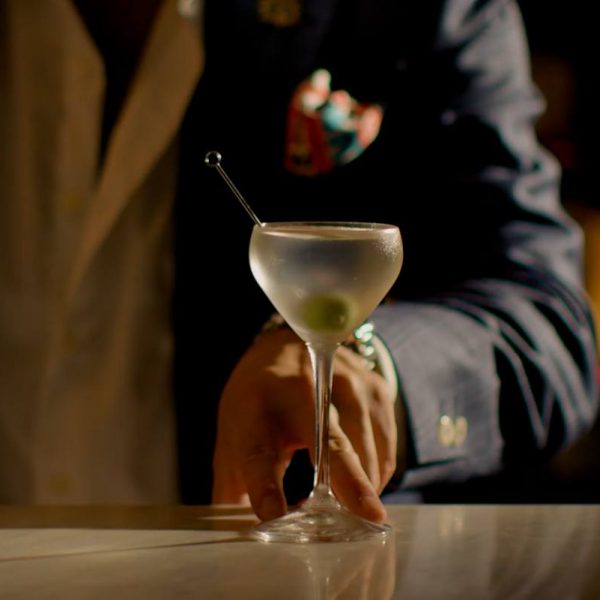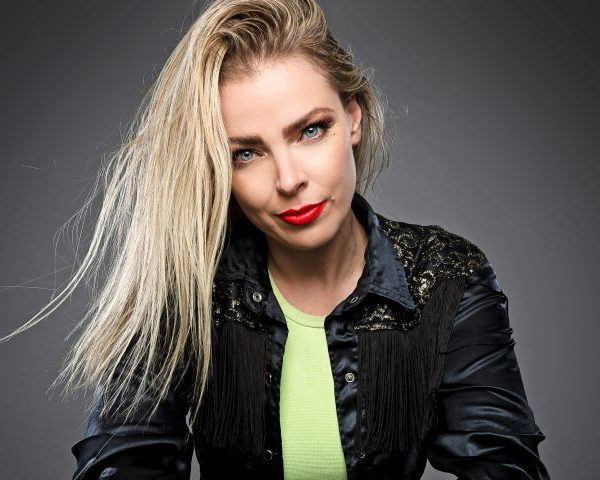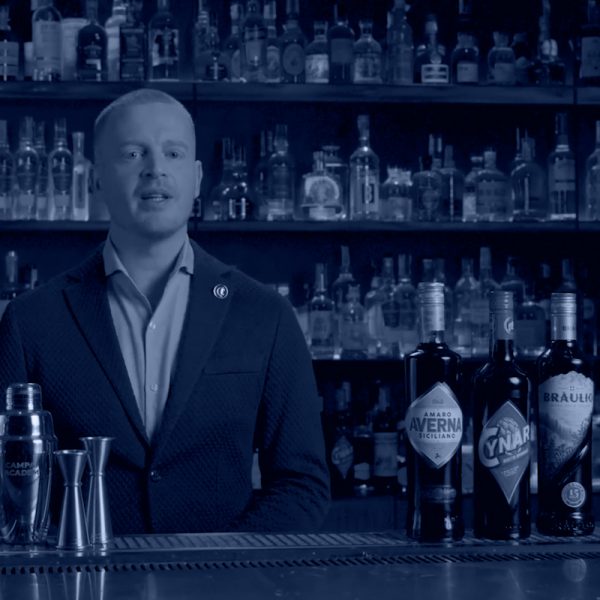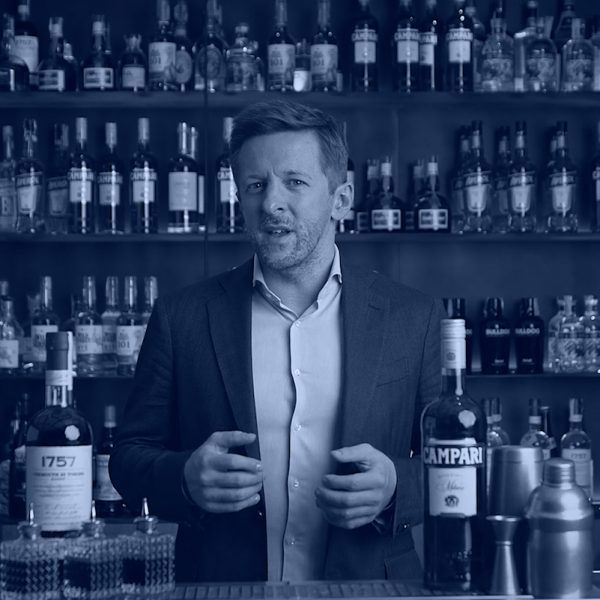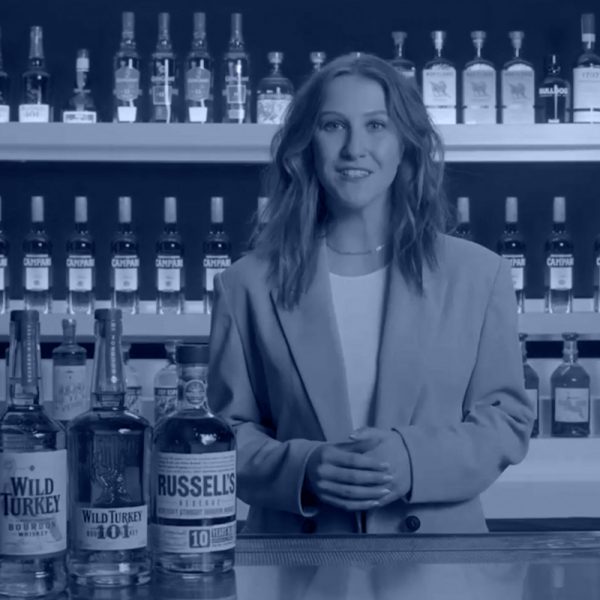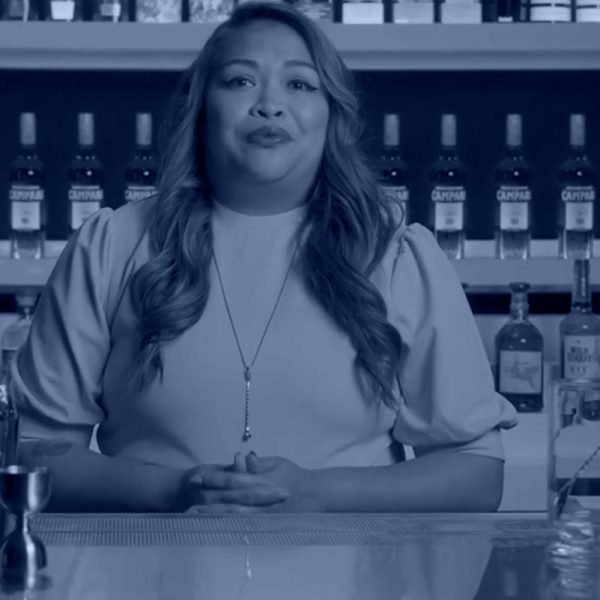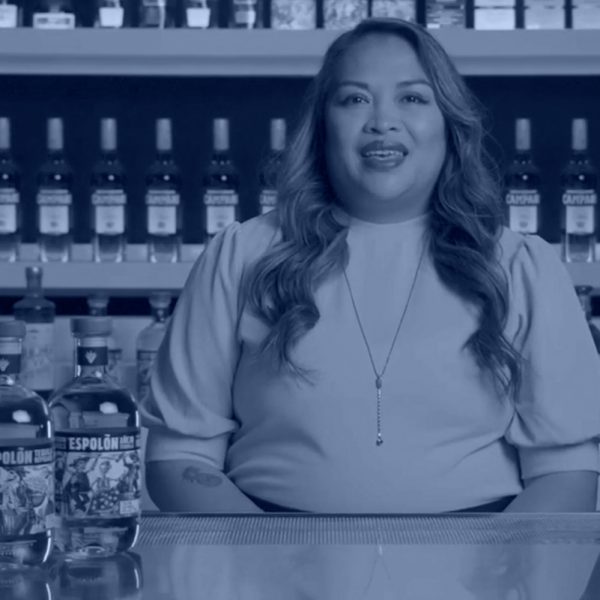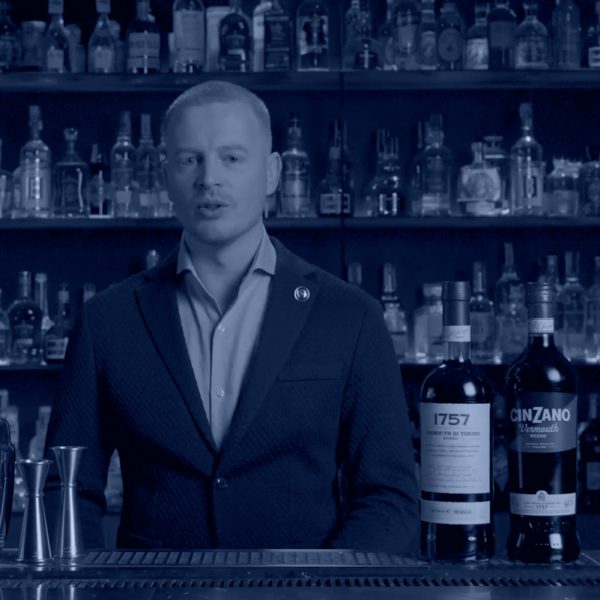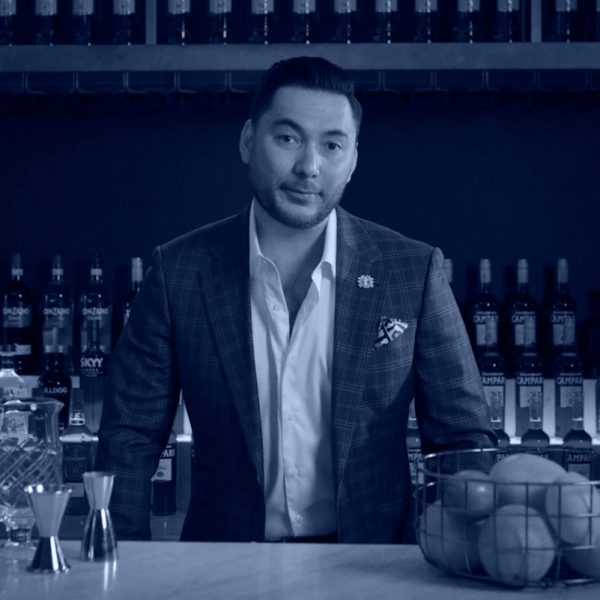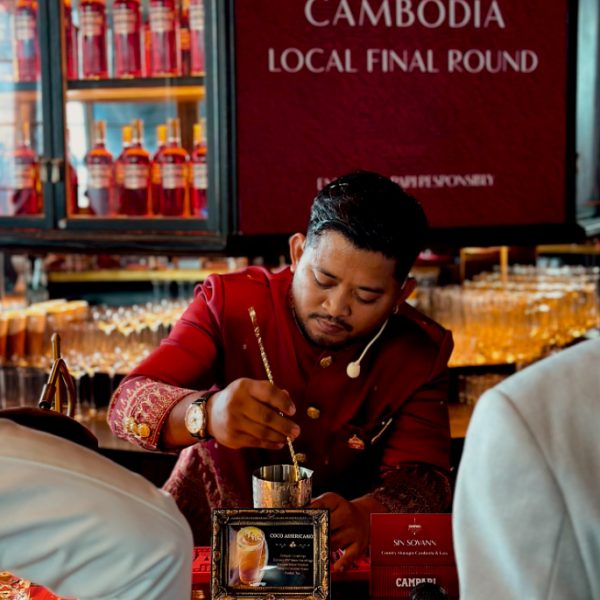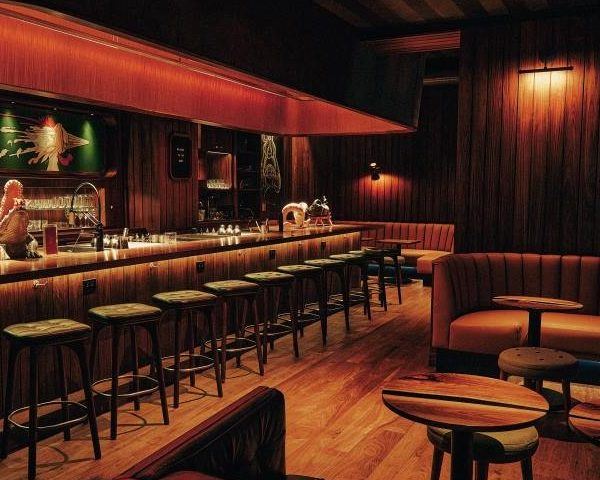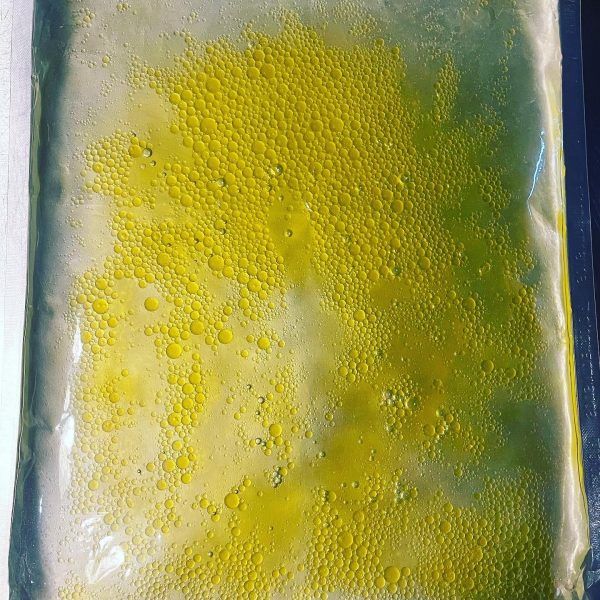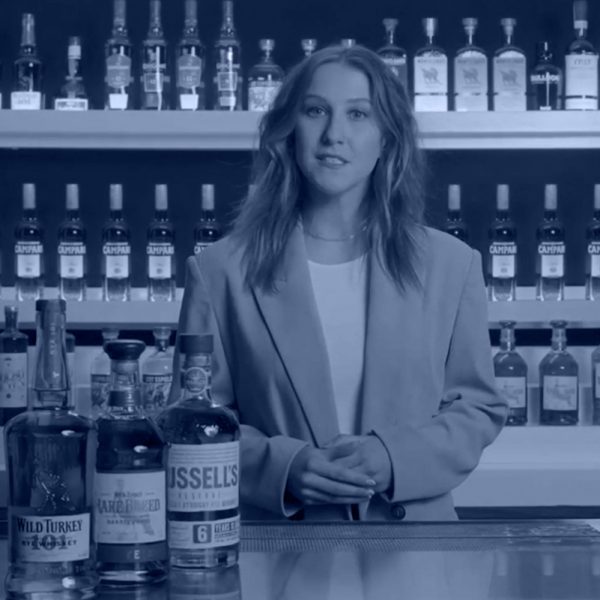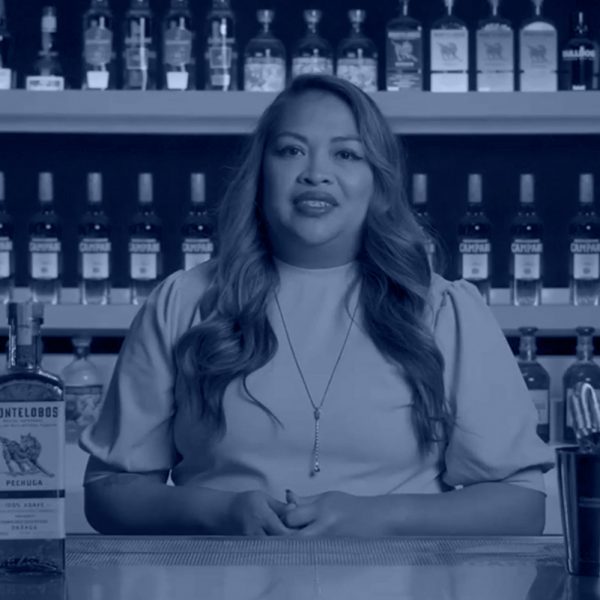How a film director and illustrator approach their crafts
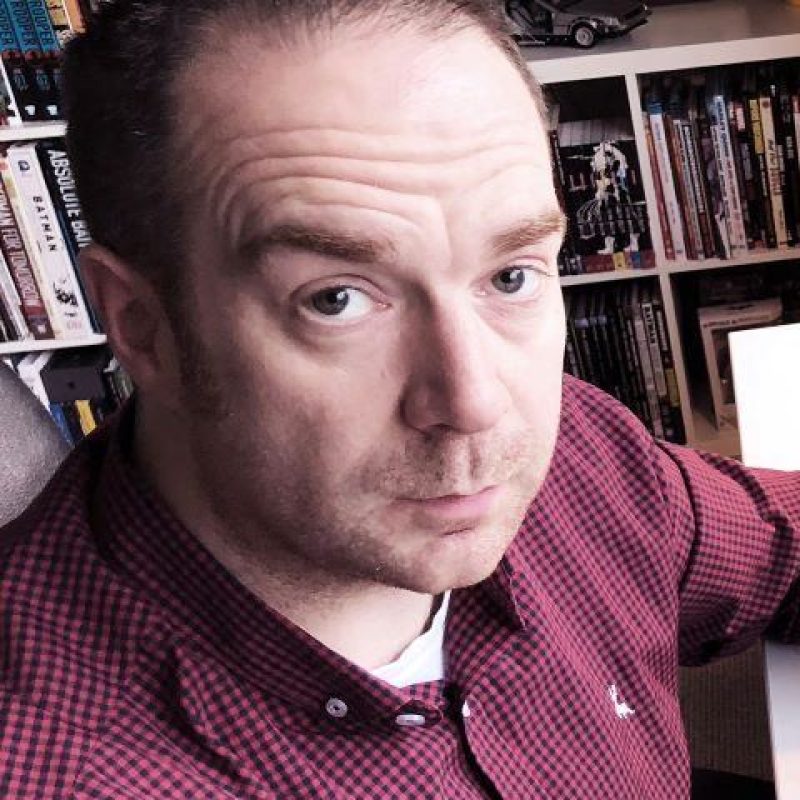
How can bartenders draw inspiration from areas of creativity that go beyond the bar? We asked two creative minds to share their insights
When it comes to creativity in bartending, it’s easy to focus on the final product. But the hows, whys (and often why nots) of creating something from scratch are sometimes best understood in a bartender’s approach to their own creativity. From the space they create in, to how they deal with deadlines, working to a brief or coming up against creative blocks, there are many factors at play when it comes to every individual’s approach to their craft.
In order to fine-tune and hone our craft, asking questions around how we approach it can be instrumental in solving problems that come up along the way: Where does our creativity come from? What is your process? Where can a bartender draw inspiration from? How can you set up your ‘ideal’ environment to create? And how do you cope with creative blocks?
To answer these questions, sometimes looking at how other people create in other industries can re-focus our understanding of how we create in ours. So, we asked two creative minds from artistic fields other than bartending, to share their processes and approaches to creativity: their methods may unlock a new way for you to approach yours.
Samuel Douek, film director, London
A former architect, Samuel Douek began his filming career in 2017, with his portfolio spanning films to commercials and music videos. His work includes partnerships with artists including Little Mix, David Guetta, Kara Marni, Aurora and Denai Moore, and brands including Uber, Amazon and Absolut Elyx. In 2018, Douek was named one of the British Fashion Council’s New Wave Creatives
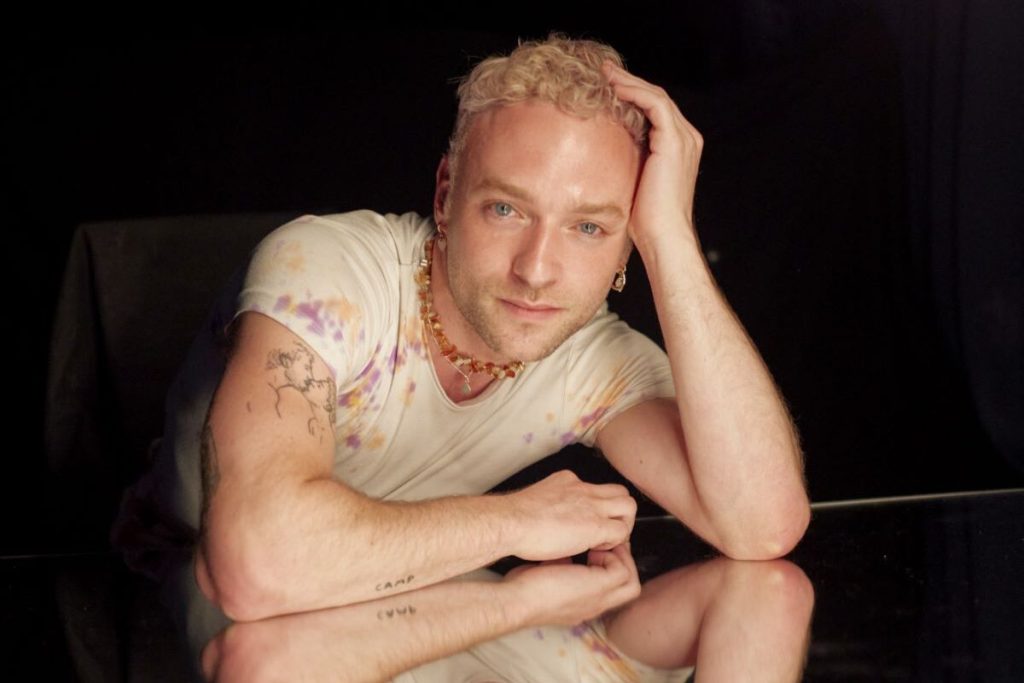
When it comes to the inspiration behind my creative process, it can be instantaneous or a slow burn – sometimes non-existent. I like to read a lot and reference mythology often, so a lot of the time I draw from books I’ve read, films I’ve seen, or even my own diary. Life experience is often the most valuable source of inspiration. If I’m stuck for ideas, I often take long walks or long travel journeys via bus or train to provoke thoughts, and it always helps to light that spark. But as soon as I’m ready to go, I need a quiet space all to myself, either my office if it’s empty, or my dining room table. I dial up the music and get my head down, working for hours to get the idea out of my head and onto paper.
Briefs for my work can come in different forms. Sometimes they are a single sentence, other times five-page PDFs. They can even (rarely) be fully open to interpretation. The approach varies: some clients are more liberal, and others have a very specific idea of what they want. I find it’s important to remember that while film is an art form, if you’re working in the commercial or music space then ultimately you’re there to do a job – and the best business is repeat business. It’s never a good idea to throw your weight around for your own ego when often you can express yourself as much as you like within the parameters of a brief.
Once a project is awarded, my first step is always to find the right team who will help me execute it. That’s first and foremost a producer, the most important asset to any project. Then come the heads of department: camera, art, styling, make-up, choreography, editing, etc. Finding the right crew for the right project is what will help you bring your vision to life. Plus, nobody likes working with arseholes so it’s great to pick a team that will support you and that you’ll enjoy spending time with.
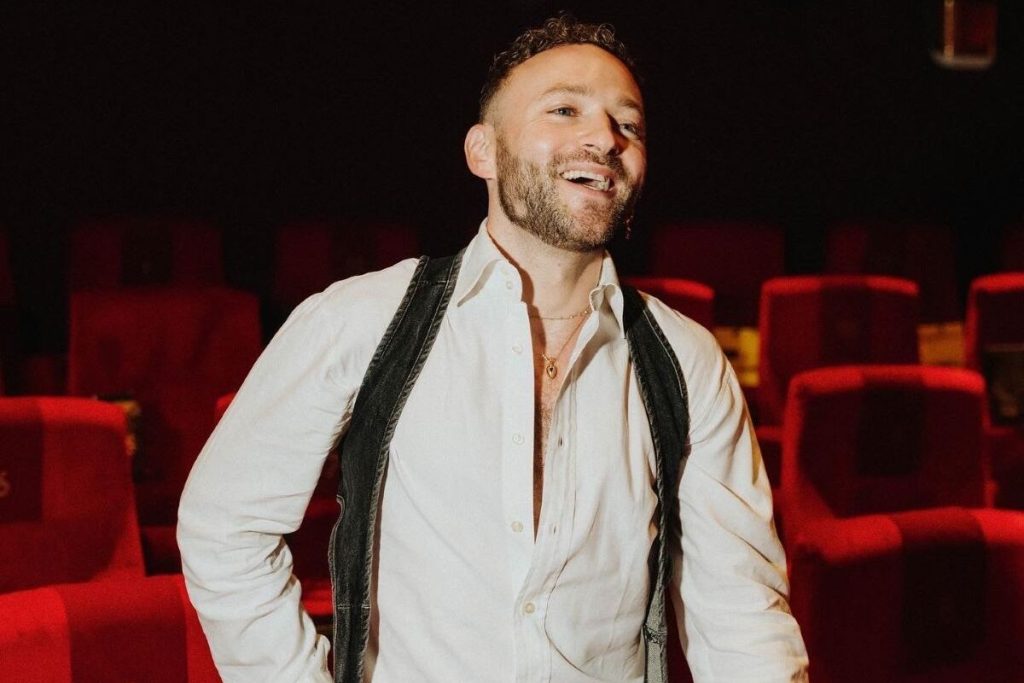
Then comes creativity. My creative process always changes., especially if the project is more narrative driven or more choreographed/set-design focused. When starting a design-led project I sketch a lot, whereas if it’s dance-led I’ll start workshopping movements with a choreographer as soon as possible. It’s natural to have creative blocks, so when I do I just try and be kind to myself. Sometimes it’s not your day and you need to listen to yourself and take a break – it will come when it comes. In my entire career there has never been a single project without an obstacle that throws a massive spanner in the works.
In terms of motivation, I give myself constant deadlines to work to. For example, I’ll try and finish a set task like completing a pass of a storyboard before lunch or before the gym. Also, if I make sure I get enough sleep, eat well and exercise then I find I’m my most productive. Obviously, this all goes out the window in times of intense pressure, but we do what we can when we’re able to!
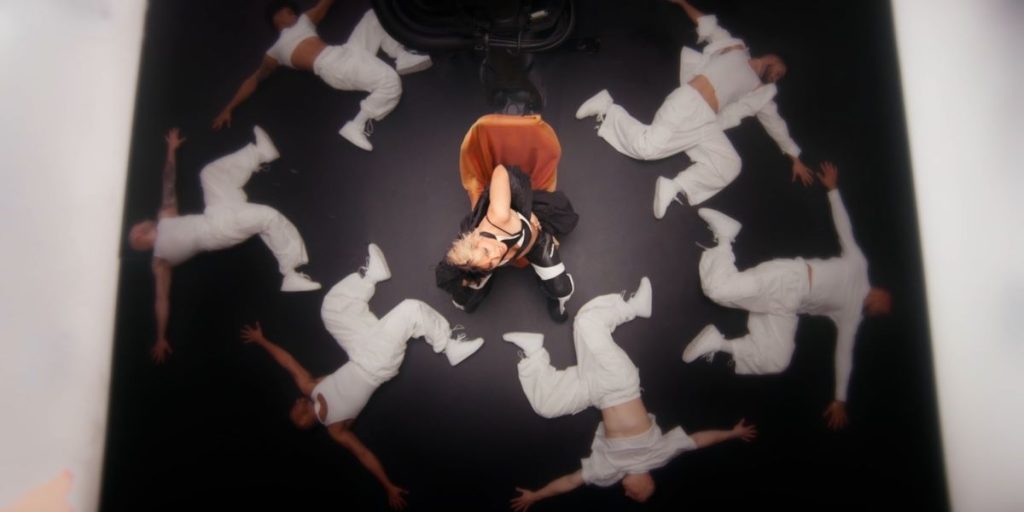
It’s very important to remember that you’re never finished. Ever. You just have to learn to get used to drawing a line and moving on. It becomes a lot easier over time. I used to obsess over things that no one else cared about, but now I have more perspective to know what the important things are that I need to worry about, and what you can let slide for the sake of meeting deadlines. “Pick your battles,” as my agent always says.
Mark Reihill, illustrator, Ireland
Mark Reihill has been a professional illustrator for longer than he cares to remember. His work features collaborations with bars like The Dead Rabbit and Satan’s Whiskers illustrating everything from prints and T-shirts to their award winning cocktail menus. Mark also created several comic books including the award-winning series ‘Off Girl’ and WWII thriller ‘Ratline’, and has worked with globally renowned brands such as Adidas, PokerStars, and Usborne Publishing
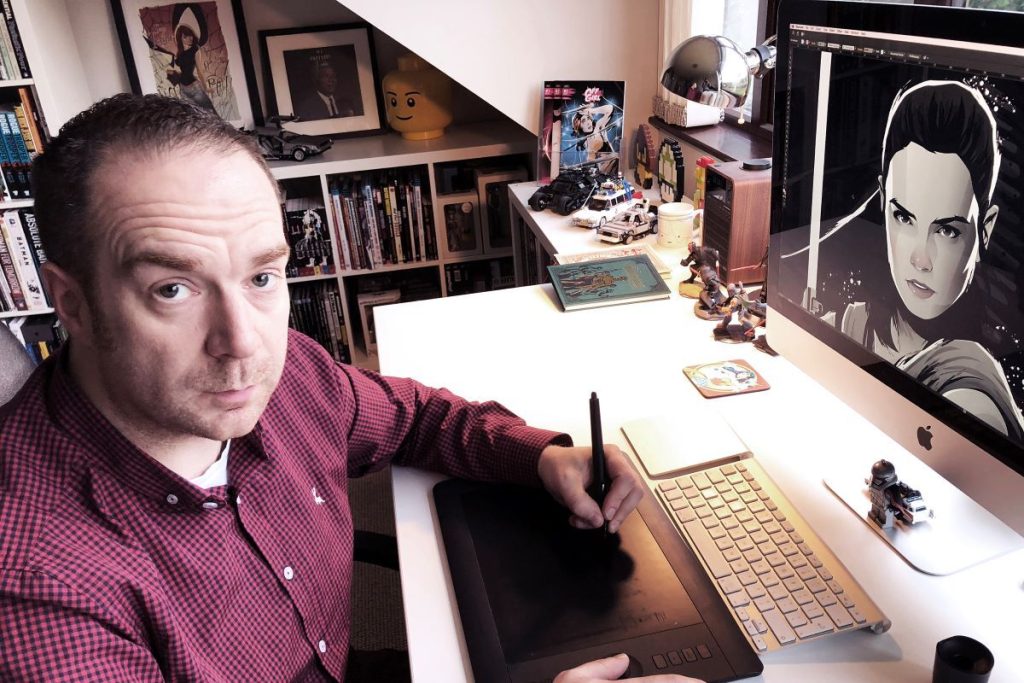
Most of my work is digital which requires me to work and draw on my Mac, so I spend long hours in my studio. That might sound tedious, but I always have music blasting during the day; if I’m working late, I prefer spoken word: podcast, audiobook, etc. I feel it’s important to surround yourself with things that inspire you.
It may sound ridiculous, but in terms of inspiration I think the project itself inspires me. I thrive on the journey , I look forward to completing the project and having a new piece of art to share. I approach each brief the same way: by listening to the client’s needs and working out the best, most creative solution. Some briefs require little or no research, others demand months of RnD. I’ve been given briefs as a single line, a two-hour meeting and everything in between. In turn, I’ve delivered a single-concept sketch, or several rounds of sketches. Those first steps are the most exciting. I love breaking down a brief, sketching lots of quick ideas and seeing what fits.
Each project is unique, and the process of each individual one will be unique too. Saying that, I try to work in three stages: brief, concepts, artwork. Once I receive a brief I take some time to research, then I work-up a sketch (usually one to three concepts). Once shared and approved by the client I move onto the artwork stage, which is by far the most time-consuming part. But once the artwork is at a stage that I am happy with, we fine-tune it (small tweaks to colours or compositions, for example) and once signed off, it goes to print. With each new client, I try to develop a unique style for their brand or project, while also maintaining some of my stylistic motifs. This means the style is new and fresh, but you know it’s a Mark Reihill piece.
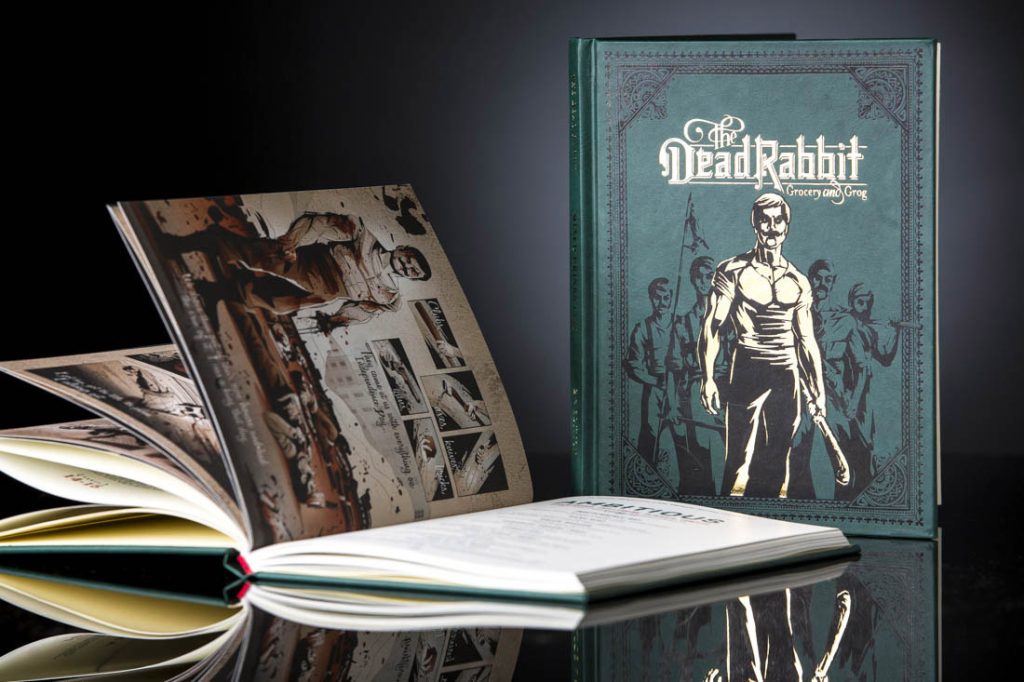
For everything to go smoothly, deadlines are pivotal. I like to work on three or four projects at a time, breaking my day up: one project in the morning, and switch to another in the afternoon. This keeps me creative and the work interesting – I never get bored or stuck on a brief. If I do find myself struggling with a particular piece of artwork, I simply pivot to another project. Overlapping projects also means there is no downtime as often the deadlines are staggered, so when a piece goes to print, I move onto the next job.
If I can’t resolve part of a brief, I’ll just step away from it and work on something else for a while. I find that the solution to difficult creative briefs come subconsciously at the most unusual times: driving, in the shower, falling asleep at night… I don’t really suffer from creative blocks, but if I find myself with time between deadlines, I have a ‘wish list’ of people, characters, and objects saved on my computer, so I’ll pull from that and illustrate something to get me back into the swing of things.
Finally, I always keep in mind that, to quote Leonardo da Vinci: “Art is never finished, only abandoned.” As an artist, I’m constantly seeking to improve my craft. I’m never truly 100% happy with my artwork, there is always room for improvement. I work to deadlines, and that’s when the job is finished, but honestly, I could keep going.

